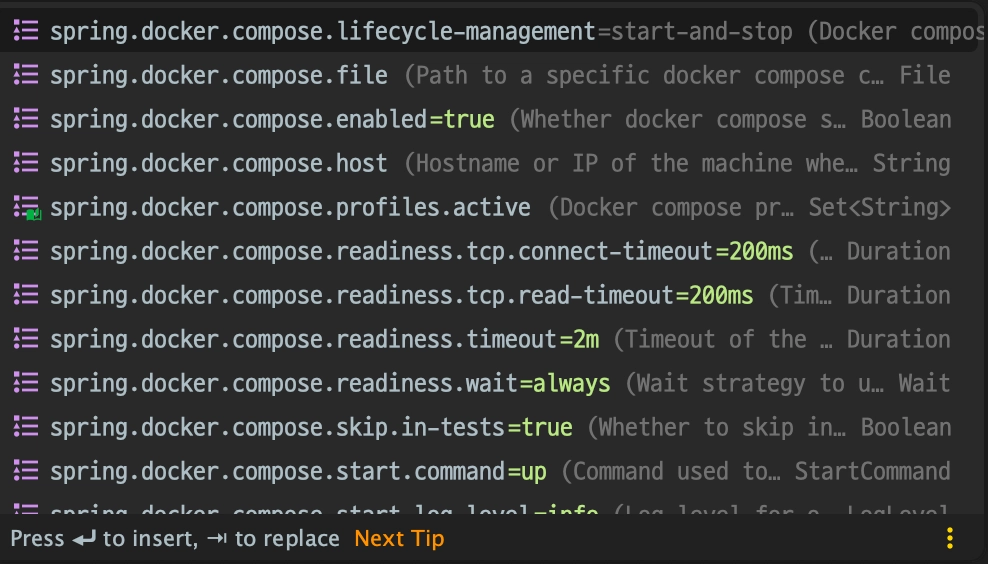Exploring Docker Compose Support in Spring Boot 3.1
Let's take a brief look at the Docker Compose Support introduced in Spring Boot 3.1.
Please provide feedback if there are any inaccuracies!
Overview
When developing with the Spring framework, it seems that using Docker for setting up DB environments is more common than installing them directly on the local machine. Typically, the workflow involves:
- Using
docker runbefore bootRun to prepare the DB in a running state - Performing development and validation tasks using bootRun
- Stopping bootRun and using
docker stopto stop the container DB
The process of running and stopping Docker before and after development tasks used to be quite cumbersome. However, starting from Spring Boot 3.1, you can use a docker-compose.yaml file to synchronize the lifecycle of Spring and Docker containers.
Contents
First, add the dependency:
dependencies {
// ...
developmentOnly 'org.springframework.boot:spring-boot-docker-compose'
// ...
}
Next, create a compose file as follows:
services:
elasticsearch:
image: 'docker.elastic.co/elasticsearch/elasticsearch:7.17.10'
environment:
- 'ELASTIC_PASSWORD=secret'
- 'discovery.type=single-node'
- 'xpack.security.enabled=false'
ports:
- '9200' # random port mapping
- '9300'

During bootRun, the compose file is automatically recognized, and the docker compose up operation is executed first.
However, if you are mapping the container port to a random host port, you may need to update the application.yml every time docker compose down is triggered. Fortunately, starting from Spring Boot 3.1, once you write the compose file, Spring Boot takes care of the rest. It's incredibly convenient!
If you need to change the path to the compose file, simply modify the file property:
spring:
docker:
compose:
file: infrastructure/compose.yaml
There are also properties related to lifecycle management, allowing you to appropriately adjust the container lifecycle. If you don't want the container to stop every time you shut down Boot, you can use the start_only option:
spring:
docker:
compose:
lifecycle-management: start_and_stop # none, start_only
There are various other options available, so exploring them should help you choose what you need.

Conclusion
No matter how much test code you write, verifying the interaction with the actual DB was essential during the development process. Setting up that environment felt like a tedious chore. While container technology made configuration much simpler, remembering to run docker commands before and after starting Spring Boot was definitely a hassle.
Now, starting from Spring Boot 3.1, developers can avoid situations where they forget to start or stop containers, preventing memory consumption. It allows developers to focus more on development. The seamless integration of Docker with Spring is both fascinating and convenient. Give it a try!
